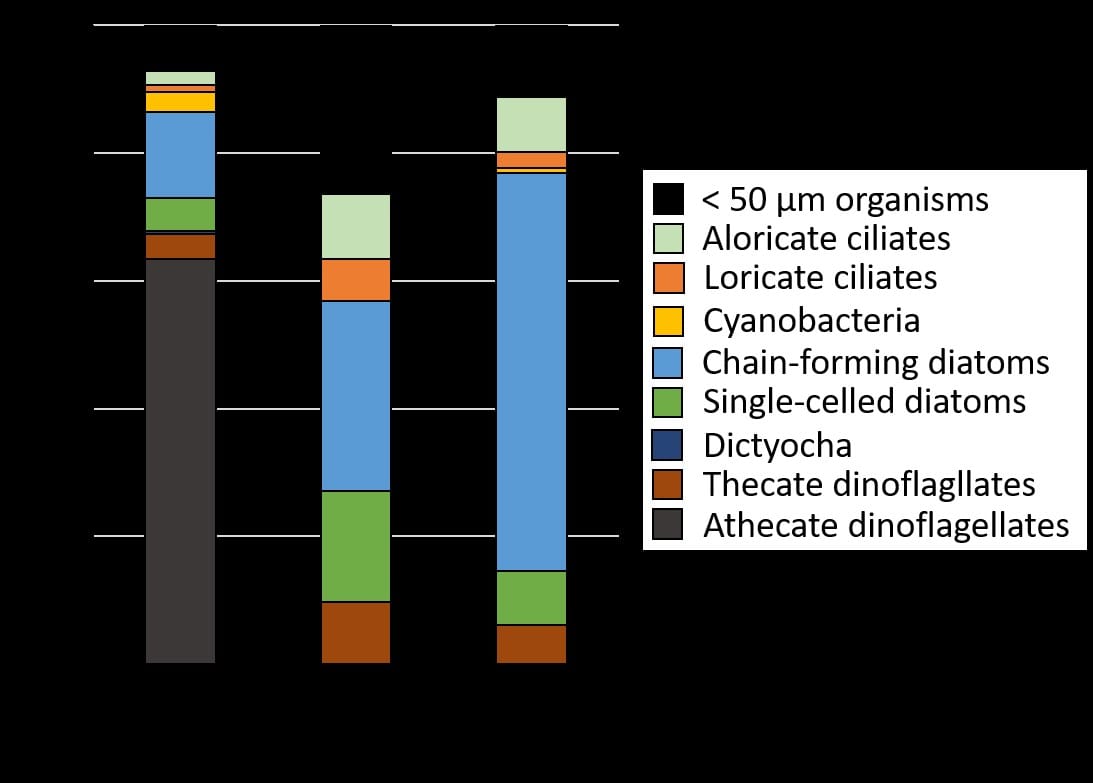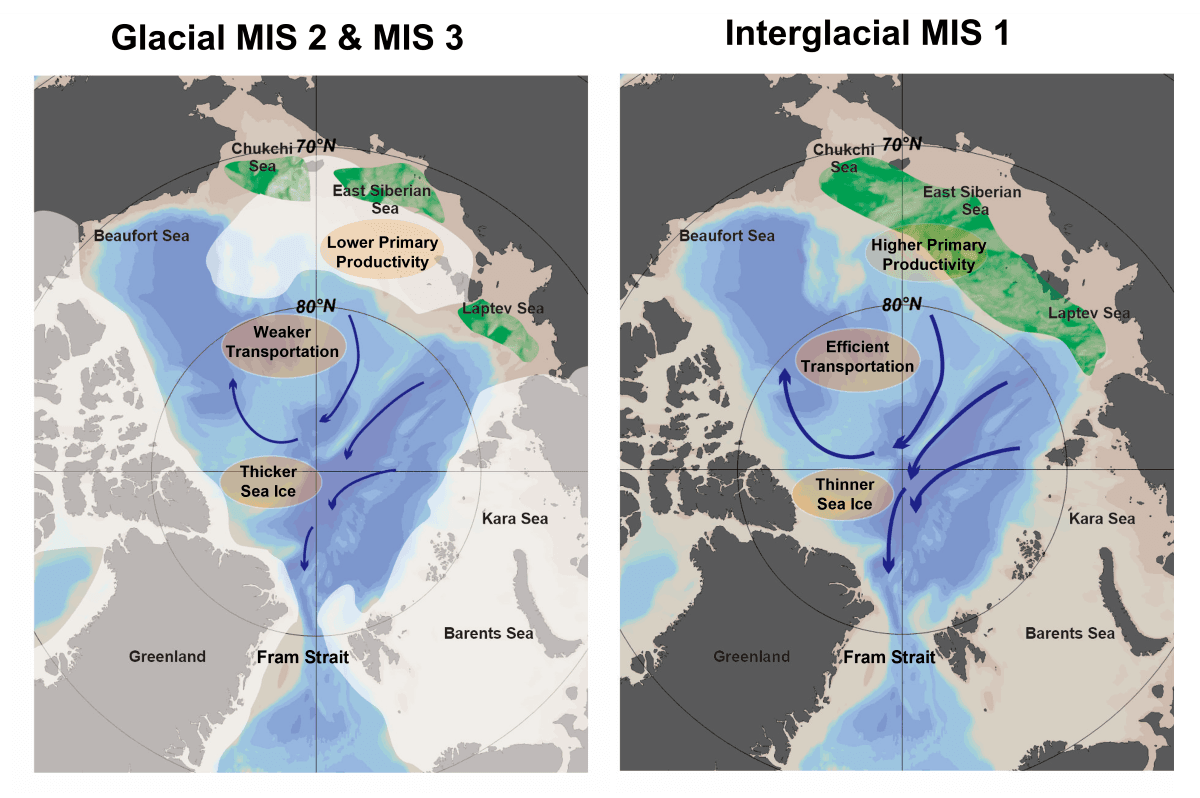原文刊載於Fire in the Ice
刊載之內容:
- After completing his studies in geophysics at Taiwan’s National Central University, Char-Shine Liu discovered the next chapter of his life in a book about the early days of the Deep Sea Drilling Program (DSDP). “I read 200,000,000 Years Beneath The Sea By Peter Briggs,“ he recalls. “I became excited by concepts of plate tectonics, the science, and the technologies involved in ocean drilling research.” Eight years later Char-Shine would earn both his Masters of Science and a Ph. D. in geophysics from Scripps Institution of Oceanography at the University of California,San Diego, the home institution of DSDP. “I enjoyed learning marine seismic techniques while at sea investigating crustal structures and seafloor tectonic processes,” says Liu.
- He followed his marine seismic experience with a stint as a post-doctoral researcher for the Consortium for Continental Reflection Profiling(COCORP) project at Cornell University. The project pioneered the use of multichannel seismic reflection profiling of the continental lithosphere.After COCORP, Char-Shine worked in the oil industry for several years before coming across a vacancy announcement for a position with the Institute of Oceanography at the National Taiwan University. “They were looking for a capable person to run their MCS system on their new research vessel (R/V Ocean Researcher 1),” he says. “As my qualifications
- fit their requirements, I sent in my application and got the position.” Twenty-four years later, Char-Shine is now a Professor at the Institute,teaching courses on geophysical exploration. He also continues to conduct research work using marine seismic reflection techniques.
- Char-Shine’s interest in gas hydrate was sparked during a research cruise off the coast of southern Taiwan in 1990. “I was working with U.S. scientists conducting marine geophysical surveys to study the arccontinent collision processes. Dr. Don Reed, one of my collaborators,told me that he found BSRs on the seismic profiles,” says Liu. “It was the first suggestion of a gas hydrate presence offshore southern Taiwan.” Additional seismic data collected in the following years showed that “gas hydrate might be widely distributed in the area.With Taiwan importing over 99% of her energy needs, I became more interested in gas hydrate research and its energy potential for my country.”
- The most stimulating aspect of hydrate research for Char-Shine is, “the building up of a strong geophysical investigation team, including the training of many young scientists, and the opportunity to develop and utilize many new techniques in gas hydrate research,” he says.
- Char-Shine believes the greatest challenge facing hydrate researchers is the furthering of our understanding of the “dynamic processes of gas hydrate in the natural environment.”
PS:Fire in the Ice is an international newsletter published by the National Energy Research Lab of the US Department of Energy on global gas hydrate research and development activities and progresses.
- After completing his studies in geophysics at Taiwan’s National Central University, Char-Shine Liu discovered the next chapter of his life in a book about the early days of the Deep Sea Drilling Program (DSDP). “I read 200,000,000 Years Beneath The Sea By Peter Briggs,“ he recalls. “I became excited by concepts of plate tectonics, the science, and the technologies involved in ocean drilling research.” Eight years later Char-Shine would earn both his Masters of Science and a Ph. D. in geophysics from Scripps Institution of Oceanography at the University of California,San Diego, the home institution of DSDP. “I enjoyed learning marine seismic techniques while at sea investigating crustal structures and seafloor tectonic processes,” says Liu.
- He followed his marine seismic experience with a stint as a post-doctoral researcher for the Consortium for Continental Reflection Profiling(COCORP) project at Cornell University. The project pioneered the use of multichannel seismic reflection profiling of the continental lithosphere.After COCORP, Char-Shine worked in the oil industry for several years before coming across a vacancy announcement for a position with the Institute of Oceanography at the National Taiwan University. “They were looking for a capable person to run their MCS system on their new research vessel (R/V Ocean Researcher 1),” he says. “As my qualifications
- fit their requirements, I sent in my application and got the position.” Twenty-four years later, Char-Shine is now a Professor at the Institute,teaching courses on geophysical exploration. He also continues to conduct research work using marine seismic reflection techniques.
- Char-Shine’s interest in gas hydrate was sparked during a research cruise off the coast of southern Taiwan in 1990. “I was working with U.S. scientists conducting marine geophysical surveys to study the arccontinent collision processes. Dr. Don Reed, one of my collaborators,told me that he found BSRs on the seismic profiles,” says Liu. “It was the first suggestion of a gas hydrate presence offshore southern Taiwan.” Additional seismic data collected in the following years showed that “gas hydrate might be widely distributed in the area.With Taiwan importing over 99% of her energy needs, I became more interested in gas hydrate research and its energy potential for my country.”
- The most stimulating aspect of hydrate research for Char-Shine is, “the building up of a strong geophysical investigation team, including the training of many young scientists, and the opportunity to develop and utilize many new techniques in gas hydrate research,” he says.
- Char-Shine believes the greatest challenge facing hydrate researchers is the furthering of our understanding of the “dynamic processes of gas hydrate in the natural environment.”
PS:Fire in the Ice is an international newsletter published by the National Energy Research Lab of the US Department of Energy on global gas hydrate research and development activities and progresses.








